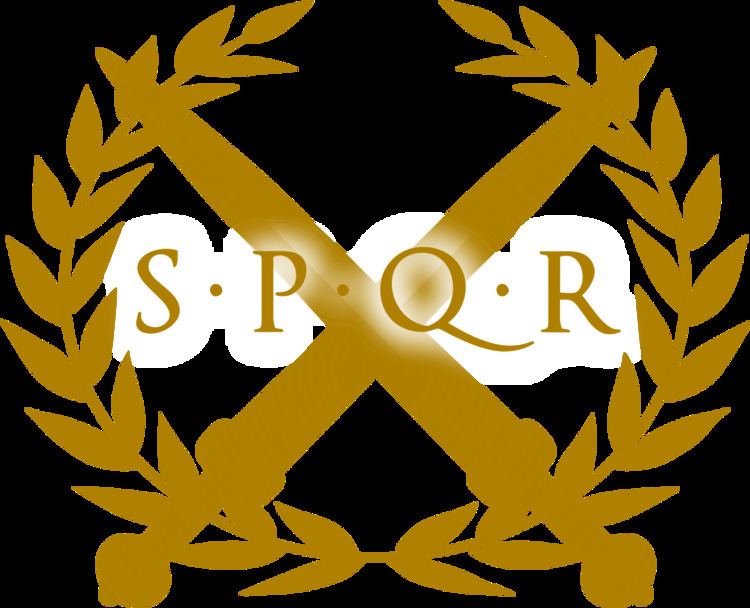 | ||
The Rudge Cup is a small enamelled bronze cup found in 1725 at Rudge, near Froxfield, in Wiltshire, England. The cup was found down a well on the site of a Roman villa. It is important in that it lists five of the forts on the western section of Hadrian's Wall, thus aiding scholars in identifying the forts correctly. The information on the cup has been compared with the two major sources of information regarding forts on the Wall, the Notitia Dignitatum and the Ravenna Cosmography.
Contents
The cup is in the possession of the Duke of Northumberland and is on display at Alnwick Castle. A replica of the cup is on display at the British Museum.
Description and use
The cup is 46mm high, with a rim diameter of 89-93mm (once circular, now a little squashed). The base, now missing, is 58mm in diameter. The Champlevé enamelling is in three zones: a lower zone consisting of a grid of rectangles; a central zone consisting of fourteen alternating rectangles (these being subdivided into four smaller rectangles with crenellations along the top), alternating with a leaf-shaped design; a third, narrow, grooved channel at the top containing the lettering given below.
It is believed that the cup once formed part of a set of ornamental souvenir bowls. However, the fact that there is no sign of a similar vessel covering the central and eastern sectors of the Wall suggests otherwise. Whether the Cup was a souvenir for a retired soldier, a libation vessel or a present to be given to other people is something that will probably never be clear.
The Cup appears to show a schematic drawing of Hadrian's Wall originally picked out in coloured enamels with turrets and milecastles, although this is open to debate.
The inscription on the cup is as follows:
.A.MAISABALLAVAVXELODUMCAMBOGLANSBANNA
in a continuous strip. This is now interpreted as:
A MAIS ABALLAVA VXELODUM CAMBOGLANS BANNA
It is believed that these names are from an itinerary of the Wall from west to east, listing the forts as Mais (Bowness), Aballava (Burgh-by-Sands), Uxelodunum (Stanwix), Camboglanna (Castlesteads) and Banna (Birdoswald).
Dating and manufacture
It is likely that the Cup dates to the early 130s AD when interest and pride in the newly completed Wall would have been at their height.
It is unclear as to where and by whom the Cup was made. It may not necessarily have been made near the Wall. It seems possible that the same craftsman made the Cup and the Amiens Patera.
